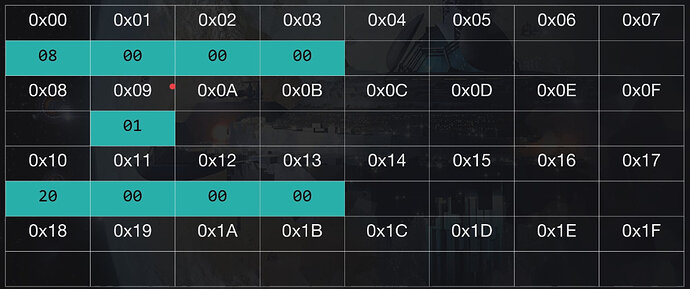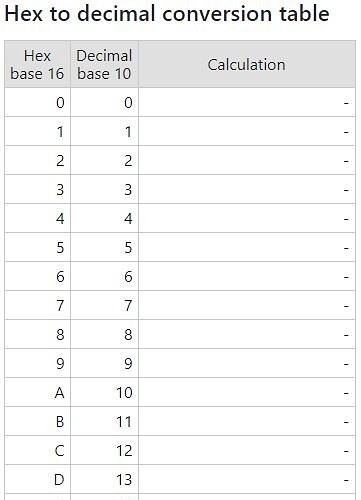I did a bit of searching online to figure this out and just wanted to add my own explanation.
In our every day number system, numbers 0 - 9 are a set of 10 numbers. Once we reach the end of that set, we start counting the second set which is 10 - 19, also a set of 10 numbers, the third set being 20 - 29 and so on.
Additionally, the components of any number you come up with falls under a certain digit:
For example 335 is 3 in the hundreds category, 3 in the tens category, and 5 in the ones category
Meaning, we have 3 one hundreds, 3 tens, and 5 ones = 3x100 + 3x10 + 5x1 = 335
Another way of writing the digits is:
Ones = 10^0 = 1
Tens = 10^1 = 10
Hundreds = 10^2 = 100
etc…
Using the above, you could technically write 335 in this way: 3x(10^2) + 3x(10^1) + 5(10^0).
In hexadecimal its done differently.
The sets here go from 0 to F, with the letter F representing 15. Each set therefore has 16 numbers. The next set goes from 10 to 1F, (I like to think of it as “one-zero to one-F”). And the next is 20-2F etc.
Since the sets are different, the digits are as well. So intsead of 100s, 10s, and 1s, we have 1s, 16s, 256s etc.
Ones = 16^0 = 1
Sixteens = 16^1 = 16
Two Hundred and Fifty Sixs = 16^2 = 256
Compare this with the above 1s 10s 100s.
Now, in the example in the course we have number “8” and number “20”.
Well, 08 is basically zero 16s and 8 ones which is why we get 8. Mathematically we write:
0 x (16^1) + 8 x (16^0)
= 0 x 16 + 8 x 1
= 0 + 8
= 8
Now with number 20 we have two 16s, and zero 1s:
2 x (16^1) + 0 x (16^0)
= 2 x 16 + 0 x 1
= 32 + 0
= 32
Now you can tell all your friends that 20 = 32.




